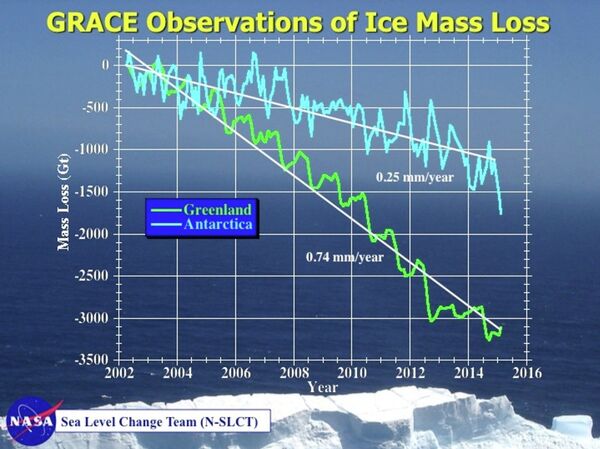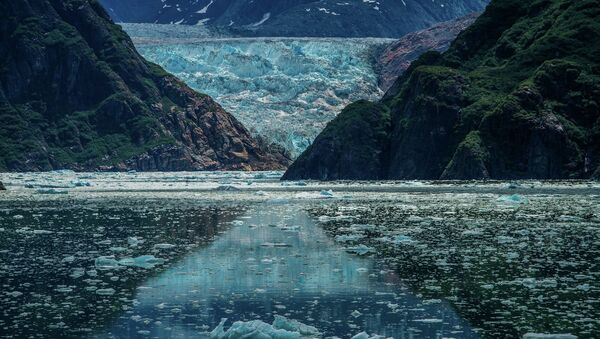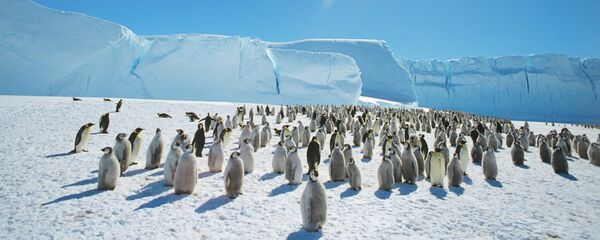Based on decades of ocean monitoring and satellite data, disturbing reports were published by NASA on Wednesday. According to the findings, Earth may be destined for a 3-foot rise in global sea levels, no doubt posing untold consequences for mankind.
More than 160 mil. ppl live along coasts in US. Sea level rise affects us all: http://t.co/UeEyjPY6D3 #EarthRightNow pic.twitter.com/Ls2JHeY1Kl
— NASA (@NASA) August 27, 2015
Since 1992, sea levels have risen, on average, by 3 inches a year. For some areas, that number increases to as many as 9 inches.
“To study sea level rise, the Jason series, GRACE, and Argo are the big three,” said oceanographer Josh Willis of NASA's Jet Propulsion Laboratory, the project scientist for the planned Jason-3 altimetry mission.
That altimetry data has demonstrated that around one-third of sea level rise is a result of the warming of current ocean water. That heat forces the water to expand.
The remaining two-thirds stems from melting land ice, especially in Greenland and West Antarctica, which has seen a significant increase in the last decade.
“Given what we know now about how the ocean expands as it warms and how ice sheets and glaciers are adding water to the seas, it’s pretty certain we are locked into at least 3 feet of sea level rise and probably more,” said Steve Nerem of the University of Colorado, Boulder, head of NASA's new Sea Level Change Team. “But we don’t know whether it will happen within a century or somewhat longer.”
Alongside NASA, the European Space Agency has also been studying glaciers with surface topography instruments.
How @NASA is applying its unique capabilities to understanding sea level rise http://t.co/fi5jmO3SsX #EarthRightNow https://t.co/z7NF5PMmoz
— NASA JPL (@NASAJPL) August 27, 2015
The research suggests that Greenland, alone, holds enough ice to raise the world’s ocean level by more than 20 feet. Evidence from GRACE has shown that since 2004, the 660,000 square mile Greenland Ice Sheet has been losing more than 300 gigatons of ice per year on average.

“In Greenland, everything got warmer at the same time: the air, the ocean surface, the depths of the ocean,” notes Ian Joughin, a glaciologist at the University of Washington. “We don’t really understand which part of that warming is having the biggest effect on the glaciers.”
To better study the processes, NASA has started to deploy research buoys around Greenland.
What’s the connection between the Earth getting warmer & the sea level getting higher? We'll tell you #EarthRightNow https://t.co/smFj5M2diT
— NASA (@NASA) August 27, 2015
“The prevailing view among specialists has been that East Antarctica is stable, but I don’t think we really know,” said Eric Rignot, a glaciologist with NASA’s Jet Propulsion Laboratory and the University of California, Irvine. “Some of the signs we see in the satellite data right now are kind of red flags that these glaciers might not be as stable as we once thought.”
Join us 8/28 at 1pm ET to watch Greenland ice sheet research. Q's? #askNASA! http://t.co/KX5g7zfYQe #EarthRightNow https://t.co/z34E21aQ3n
— NASA (@NASA) August 27, 2015




